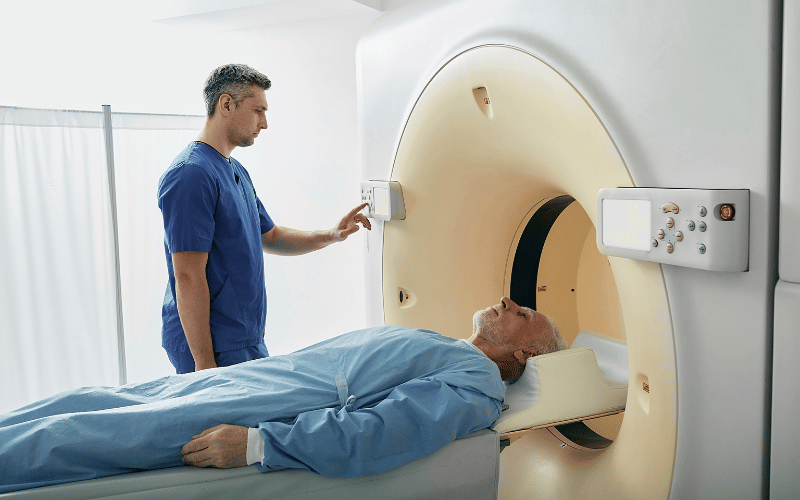5. Diagnostic Tools for Ameloblastoma: Unraveling the Mystery

The diagnosis of ameloblastoma involves a comprehensive approach, utilizing a variety of tools and techniques to accurately identify and assess the tumor. The complexity of this condition demands a thorough and nuanced diagnostic process.
Imaging techniques play a crucial role in the initial evaluation of suspected ameloblastoma. Radiographs, such as panoramic X-rays, provide a first glimpse of the tumor, revealing its location and impact on the jawbone. More advanced imaging modalities, like CT (computed tomography) scans or MRIs (magnetic resonance imaging), offer detailed views of the tumor’s extent and its relationship to surrounding structures.
A definitive diagnosis of ameloblastoma, however, hinges on histological examination. A biopsy, involving the removal of a small tissue sample from the affected area, is critical for this purpose. Microscopic analysis of the biopsy sample allows pathologists to identify the specific cellular characteristics of ameloblastoma, distinguishing it from other similar lesions.
The diagnostic process may also involve assessing the patient’s dental and medical history, as well as a physical examination of the oral cavity. This comprehensive approach ensures that the diagnosis is not only based on imaging and laboratory findings but also considers the patient’s overall health and specific symptoms.
In some cases, genetic testing may be employed to identify specific mutations associated with ameloblastoma. This aspect of diagnosis is particularly relevant in the context of emerging targeted therapies and personalized medicine strategies.
The journey from initial suspicion to a confirmed diagnosis of ameloblastoma is a testament to the sophistication of modern medical science. Each diagnostic tool contributes a piece to the puzzle, culminating in a clear picture that guides effective treatment planning and patient care. (5)